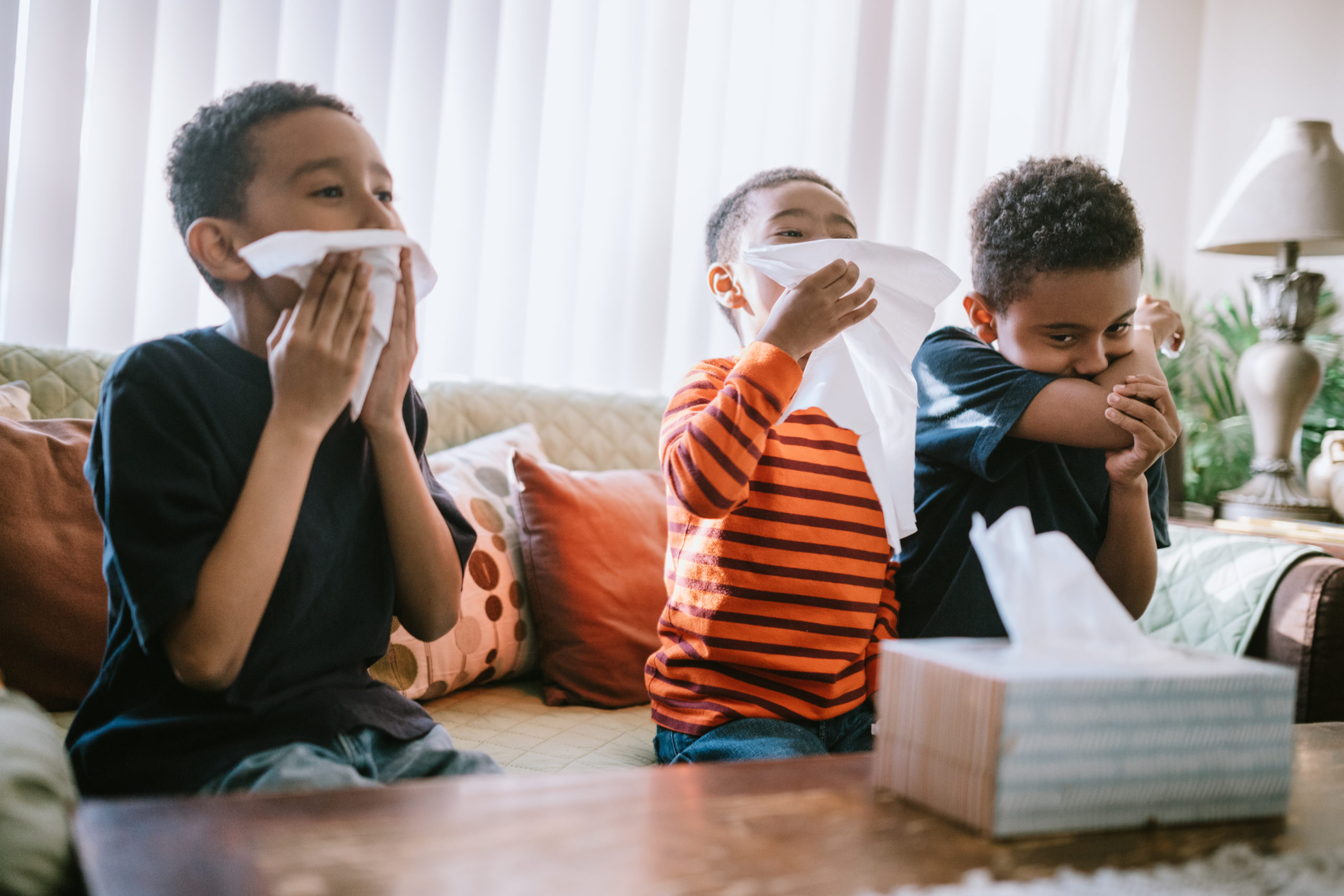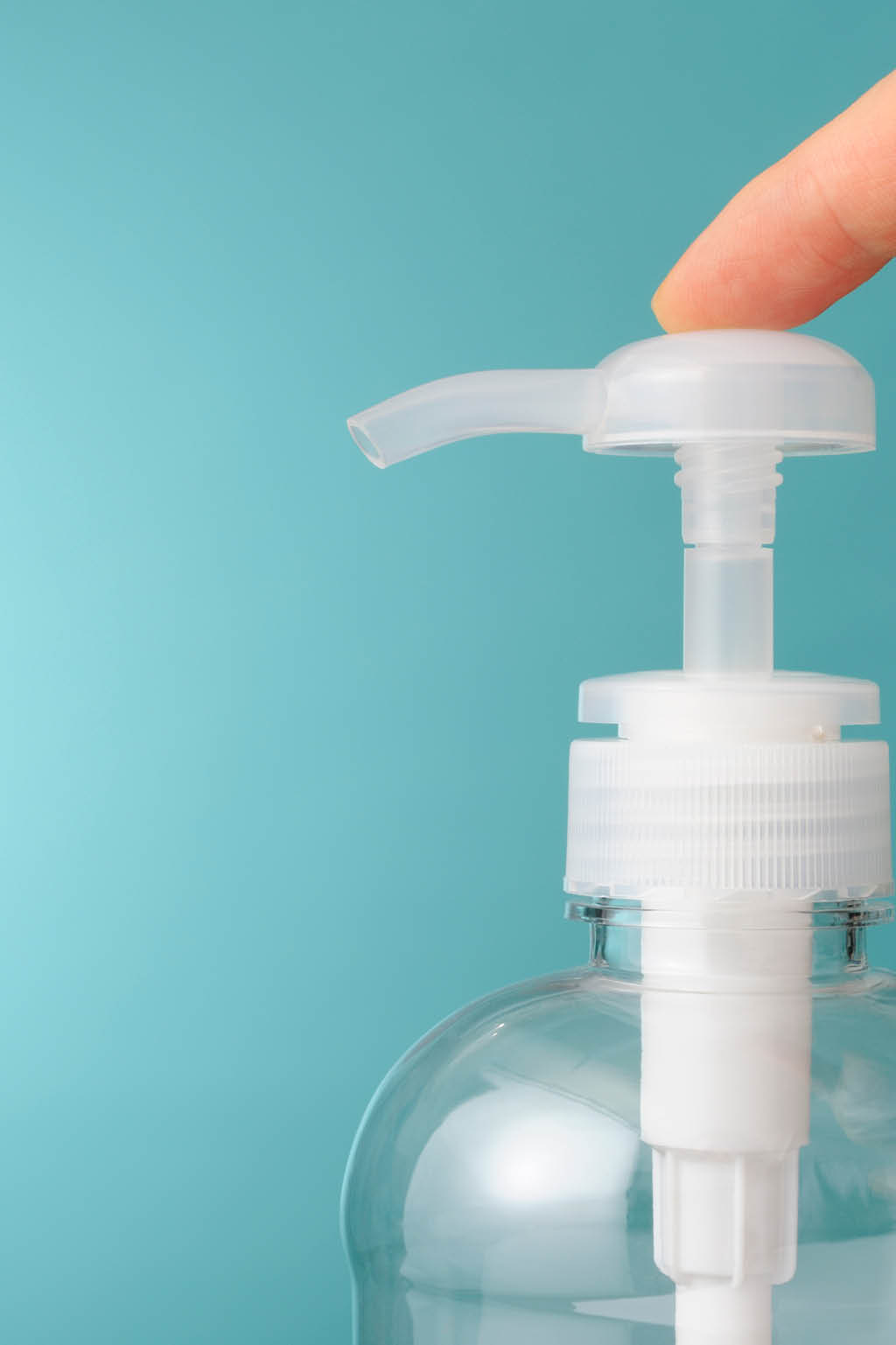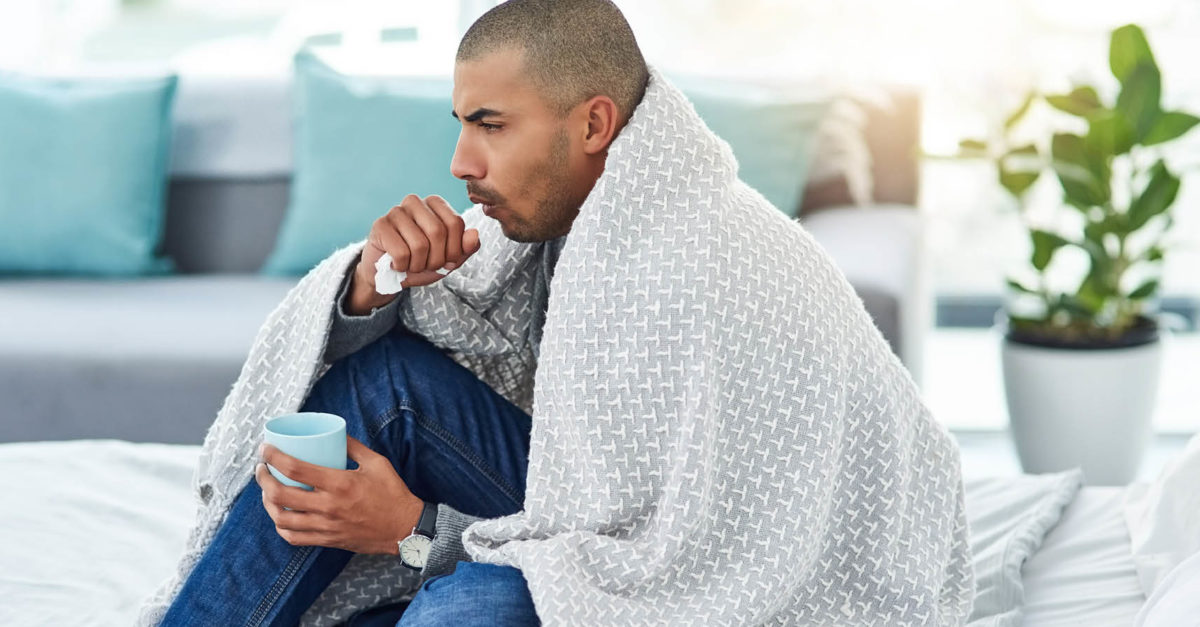The Science Behind Getting Sick
It might start with a slight cough or a stuffy nose. Within a few hours or days, you might start to experience other symptoms like fatigue, a headache, or maybe even a fever. But pretty soon, no matter how much you want to deny it, it will become obvious that you’re getting sick.
But how? You eat well and exercise regularly. You’re typically the picture of health. The truth is, everyone gets sick from time to time. Common illnesses, such as a cold and the flu, can be extremely hard to avoid if you’re often exposed to other people—especially during peak seasons in winter and spring. However, understanding how germs are transmitted and what happens once they enter your body can help you better prevent illness in the future.
STOP 1: TRANSMISSION
There’s a reason Mom always told you to cover your coughs and sneezes. Germs and infections can be transmitted in a number of ways, but among the most common are through inhalation—when someone sneezes or coughs into the air and the particles travel a great distance. Just how far can they travel? According to an MIT study, particles expelled from a sneeze can journey up to two hundred feet.
Physical contact is another common way germs can spread. If you come in contact with something an infected person has recently touched and then touch your eyes, nose, or mouth, you run the risk of picking up the infection. Germs can live on surfaces up to a few hours, depending on the type of surface and the conditions. Typically, hard surfaces like plastic and steel retain germs longer than fabric surfaces.
STOP 2: YOUR IMMUNE SYSTEM FIGHTS BACK
Once an infection does make its way into your system, it will begin infecting and killing cells, sparking your body’s immune system response. In an attempt to stop the illness from spreading, your immune system kicks into overdrive once pathogens are detected. White blood cells and antibodies start working to attack and remove the illness from your body. Sometimes this process happens before you even notice you’re sick. However, if this initial response isn’t strong enough to completely wipe out the infection, your immune system starts up a stronger response—which is when you are most likely to begin experiencing symptoms.

STOP 3: THE SICKNESS SETS IN
Believe it or not, the symptoms you correlate with being ill (e.g., a fever, chills, loss of appetite) are not necessarily a result of the illness itself but the body’s natural attempt to fight off infection. Although we don’t know with complete certainty why the body generates these specific responses, according to TED-Ed presenter Marco A. Sotomayor, the part of the brain responsible for controlling temperature, hunger, thirst, and sleep—the hypothalamus—is triggered during an immune system attack. Now, you might be wondering: if these responses aren’t a result of the illness, then why do they need to happen?
FEVER
An increase in body temperature is believed to help stall the spread of infection by slowing down bacteria.
SLEEPINESS
It’s true: the body needs extra rest when sick in order to put more energy toward fighting off infection.
LOSS OF APPETITE
A lack of food in the body allows the liver to store more iron. Bacteria needs iron in order to survive, so when the liver stores more of it, the bacteria are depleted.
STOP 4: HEALING AND PREVENTION
By taking the proper steps, mild infections, such as the common cold, should eventually dissipate on their own within seven to ten days. What are the proper steps? While you may have heard varying methods and theories for how to quickly remove a cold from your system, there is no set cure. However, there is plenty you can do to alleviate symptoms.
According to the Mayo Clinic, popular remedies that should actually work include staying hydrated by drinking plenty of clear liquids (e.g., water, clear broth, tea), getting adequate rest, using over-the-counter nasal sprays for stuffiness, and keeping the air moist with a humidifier. Unfortunately, medications like antibiotics will not work for a cold or other viruses because they are only used to combat bacterial infections.

Everyone gets sick from time to time, but there are a handful of important preventative measures you can take:
- Frequently wash your hands with soap and water for at least 20 seconds
- Don’t touch your face without washing your hands
- Avoid contact with people who are sick
- Disinfect surfaces of your home frequently
- Maintain a healthy diet and sleep cycle
- Stay active
Getting sick is one of the downsides to being human, and, while some of us are more prone to it than others, mild illnesses like the common cold and the flu are somewhat preventable. Now that you understand the process of how people get sick, you should be better able to protect yourself through winter and spring.
For more info, visit cdc.gov









